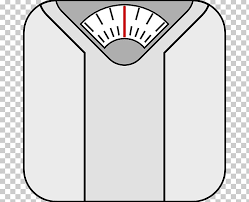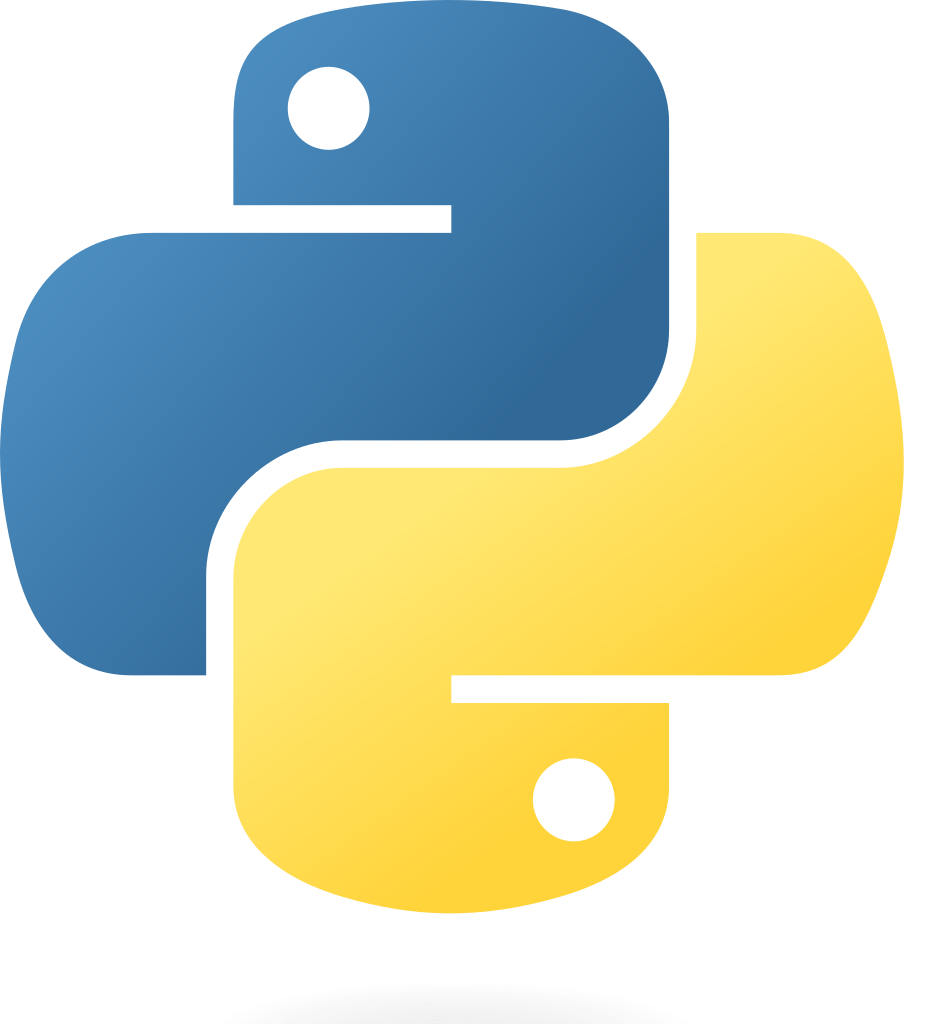Reddit refugee #2643.
- 8 Posts
- 21 Comments

 7·8 months ago
7·8 months ago
Dog tax! Here is the unrepentant culprit.
 10·11 months ago
10·11 months agoThis meme is art

 1·1 year ago
1·1 year agoNo, but I cross my legs while standing so that my feet are close to perpendicular. It’s comfy.

 3·1 year ago
3·1 year agoBookmarking this!

 1·1 year ago
1·1 year agoHoly shit this is awesome
Exactly! It’s called planning ahead, get with it NT folks
Congrats

 2·1 year ago
2·1 year agoSinger is one of the most popular brands so will be easiest to find parts for. Husqvarna and Brother are slightly less popular but still pretty popular. I’ve never heard of any other the other brands you listed. Some parts, like needles, are standardized. Others aren’t.
You can’t sew with two needles at once, but there is such thing as a double needle that’s used for special cases. More than likely you won’t need one. The second spool holder is most likely for 1) use with a double needle, 2) quickly swapping out thread colors or 3) actually a bobbin/spool winder and not actually for holding a spool you’re using.
As for stitch pattern symbols, each symbol is supposed to look like the stitch it creates. I would recommend trying to find a video showing all the stitches for whatever machine you pick. If you can’t find such a video, you can experiment with some scrap fabric.

 2·1 year ago
2·1 year agoNope, but YMMV

 3·1 year ago
3·1 year agoSo…the first thing you need to understand is that there are different types of sewing machines, as someone commented on your original post. There are:
-
“Regular” sewing machines, which can be either mechanical or computerized. These are the type of machines virtually all hobbyists use and can handle a huge range of projects, from linen napkins to ballgowns. It’s important to note that either the computer or the mechanical system determines stitch length and width.
-
Serging machines, which cut the fabric while sewing it, and make a single specialized stitch.
-
Embroidery machines. These are similar to “regular” sewing machines, but with a wider table and extra parts for stretching out the area you’re embroidering. They also have a computer to track/calculate the stitches in a given embroidered image.
As far as I’m aware, software is only available for embroidery machines. The computers in anything less than the most expensive of home sewing machines are pretty simple, and I’m not even sure how you would access them. They don’t connect to wifi, and there are no ports in the machines except for power and the foot pedal.
For the use cases you listed, I recommend a basic “regular” sewing machine such as this one. Any regular sewing machine built in the past several decades will be able to use a variety of stitches out of the box.
For repairing socks specifically, I agree with the other poster who talked about zigzag and stretch stitches.
-
 2·1 year ago
2·1 year agoMy autistic dad frequently said that I was on the spectrum (always that exact phrase) but refused to have me diagnosed. I grew up just assuming that I had a high-functioning (as I need relatively few accommodations; my apologies if this is an outdated term) form of autism.
Now as an adult, I still don’t have the resources to get a professional diagnosis. I feel very much at home in groups like this; I have many of the symptoms of autism though not all; I got 136 on the RAADS-R test. That test was the tipping point that pushed me mentally from “strongly suspecting I’m autistic” to “self-diagnosed autistic”.
I floss and brush religiously every night, have for many years. I had a cavity when I was young and the whole experience was terrible.
I still ended up with multiple cavities as an adult.

 3·1 year ago
3·1 year agoGreat article, very enlightening for those of us who are too young to remember the early internet.

 1·1 year ago
1·1 year agoNot an excuse, but an explanation: ignorance.
Most people don’t know how ads or data collection works beyond the obvious uptick in a product after you search for it. They don’t know what impact it might have.
Full disclosure: I’m mostly in this camp. I only recently started using firefox over chrome, for example. I know that big tech collects obscene amounts of data, and monetizes it by targeted advertisements, but…beyond that, I don’t know what FAANG can do with the data collected on me. I only have a vague idea of what’s being collected.

 191·1 year ago
191·1 year agoFundamental rights

 1·1 year ago
1·1 year agoLemmy already has jerboa.

 4·1 year ago
4·1 year agoI was homeschooled. Never went to public school. And my parents were christians, so naturally they bought christian apologetic textbooks.
One science (biology I think, high school level) textbook had most of a chapter discussing why the “theory of evolution” was “wrong”. Another book from the same publisher discussed at length why global warming (and the ozone-thinning effect of certain chemicals) was untrue.
My chemistry professor in college, wonderful man that he was, was the first person to explain divergent and convergent evolution to me.

 7·1 year ago
7·1 year agoThe clean energy was the deciding factor for me, since virtually everything’s accessible from any instance. There were some bumps around some communities not being found - I assume from rapid growth caused by the reddit exodus - but things are working smoothly now.



FLOOF!